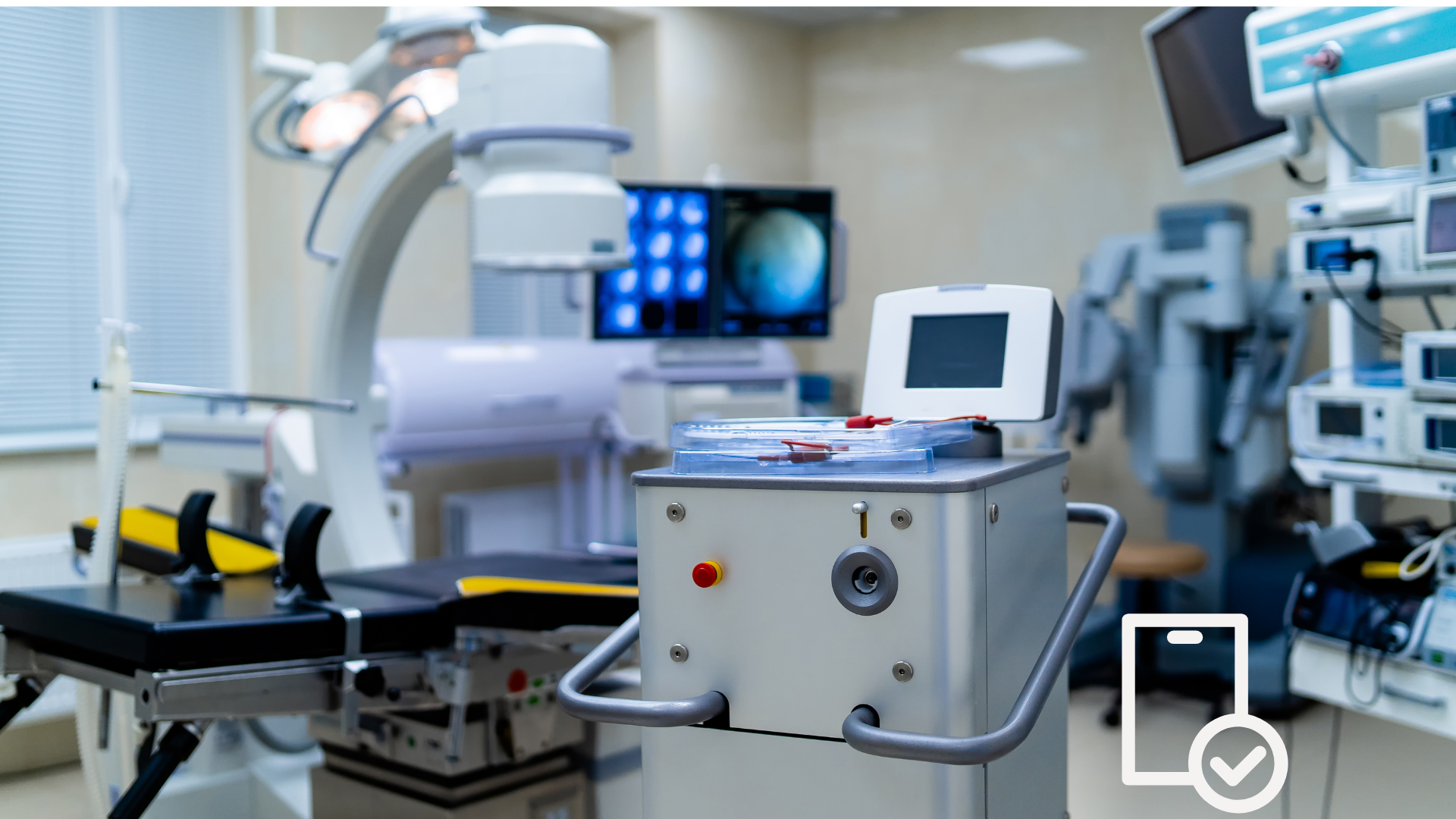Nowadays, medical devices must meet strict standards before they can be marketed in the European Union (EU). This requires achieving the CE marking ensuring devices are safe and effective for patients. Obtaining CE approval is a rigorous process involving multiple steps to verify a device’s safety, performance, and reliability.
For manufacturers seeking to market their products in the EU, CE approval isn’t just beneficial—it’s required. But the CE approval for medical devices process is thorough, ensuring each device adheres to the strict safety and environmental standards required by the EU Medical Device Regulation (MDR). Let’s find out the steps to receive it!

Step 1: Classification of Medical Devices
The first step in gaining CE approval is classifying the device. Manufacturers should conduct an initial assessment to correctly classify the device, as each class has unique compliance requirements. Accurate classification is essential since higher-risk devices undergo strict evaluation processes. On the other hand, lower-risk devices may have a simpler approval path.
Step 2: Prepare Technical Documentation
A key component of CE marking is compiling technical documentation. For higher-risk devices, more extensive evidence may be necessary, including clinical data and performance evaluation reports. The technical documentation acts as proof that the device meets all applicable regulations and should be carefully organized to facilitate review by the Notified Body (NB). It is a third-party organization appointed by the EU to assess medical devices.
Step 3: Conduct Risk Management and Safety Testing
A significant part of CE approval involves assessing and mitigating risks associated with the device. Alongside risk management, manufacturers must carry out extensive safety testing to demonstrate that the device performs as intended without posing harm to users. For devices classified as medium to high risk, clinical evaluations are typically required to verify the device’s safety and efficacy in a real-world environment.
Step 4: Quality Management System (QMS) Implementation
Compliance with a Quality Management System (QMS) is crucial for CE marking. A robust QMS ensures that every stage of the device’s lifecycle is consistent with EU quality standards. The QMS establishes protocols for managing the device, controlling processes, and maintaining documentation. Adherence not only smooths the CE marking process but also reinforces the manufacturer’s commitment to high standards in production and post-market surveillance.
Read: Free ISO 14001:2015 Environmental Management System Audit Checklist Download
Step 5: Clinical Evaluation
For many devices, clinical evaluation is mandatory and provides evidence that the device meets safety and performance requirements in a clinical setting. This evaluation involves collecting and assessing clinical data, often through clinical trials or literature reviews, depending on the device’s risk class. Higher-risk devices generally need a more in-depth clinical investigation to ensure they meet regulatory safety and performance requirements.
Step 6: Engage with a Notified Body (NB)
For devices in higher risk categories, manufacturers must submit their documentation to a Notified Body, a third-party organization authorized by the EU to evaluate medical devices. The NB reviews all technical files, risk management reports, and clinical evaluations to confirm that the device meets the necessary standards. Following a successful review, the NB issues a conformity assessment certificate, which is required for CE marking.
Step 7: Prepare the Declaration of Conformity and Affix the CE Mark
After obtaining the conformity assessment certificate, manufacturers must prepare a Declaration of Conformity. This declaration confirms that the device complies with all relevant EU regulations and includes essential information such as the manufacturer’s details, the device’s classification, and the applicable standards it meets. With the Declaration of Conformity complete, the CE mark can be affixed to the device, officially granting it the status to be marketed within the EU.
Step 8: EUDAMED Registration and Post-Market Surveillance
Once a device has CE approval, it must be registered in EUDAMED (European Database on Medical Devices). It is a comprehensive system that tracks medical devices within the EU. Registration enhances transparency, allowing stakeholders to access information on devices and manufacturers. PMS helps identify and address any issues that arise post-launch, ensuring continuous compliance and safeguarding patient safety.
The process of achieving CE approval for medical devices is detailed and demands strict adherence to EU standards. From accurate classification to post-market surveillance, each step requires precision and a commitment to safety and quality. By following these steps, manufacturers can successfully navigate the complexities of the CE marking process, opening the door to the European market and reinforcing their dedication to patient care.
Read: what is medical waste? and how to dispose of it Safely?




